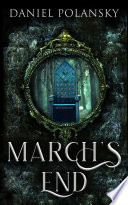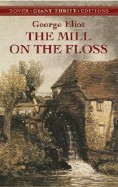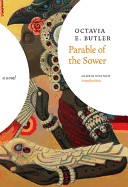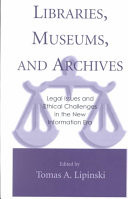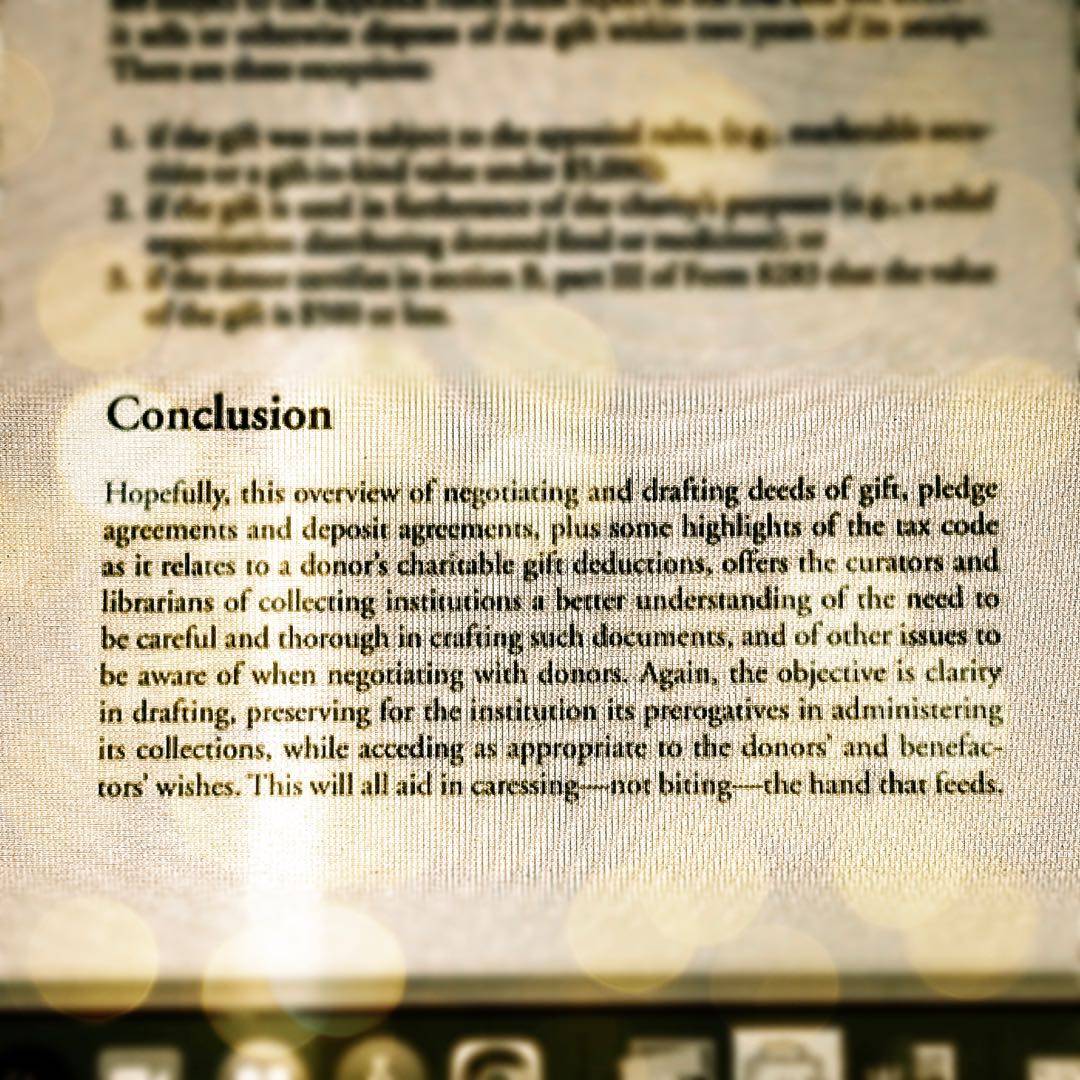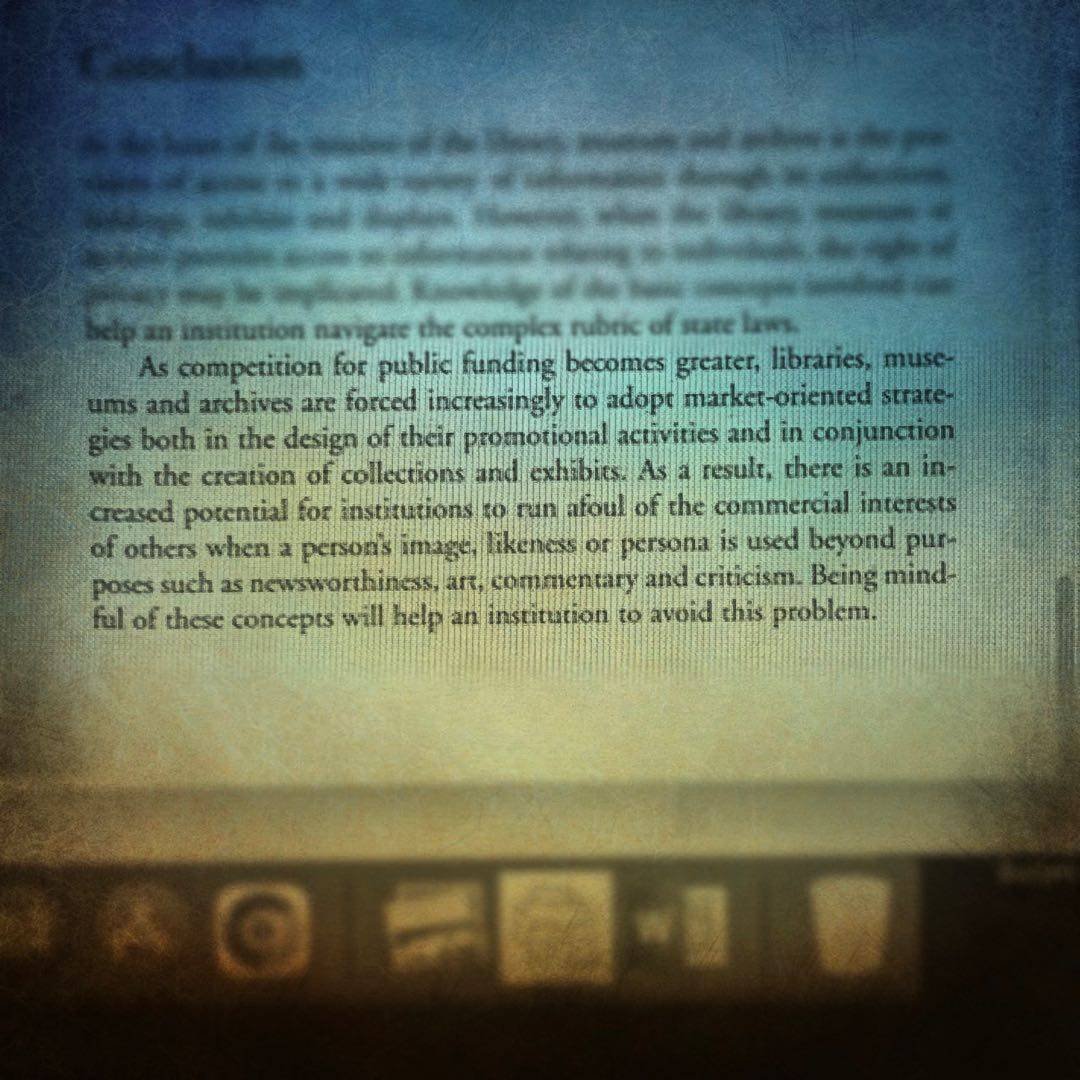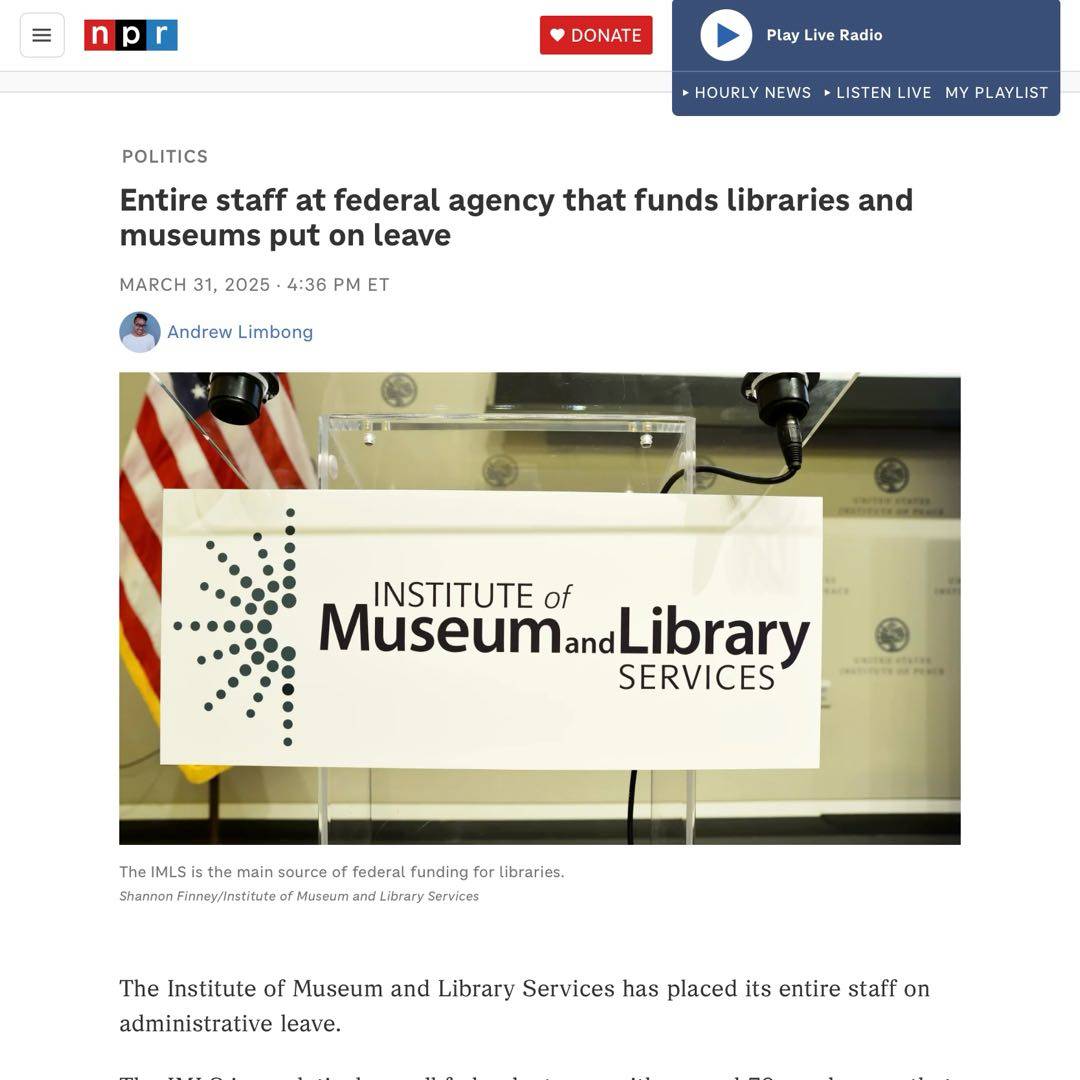
“. . . Again, the objective is clarity in drafting, preserving for the institution it‘s prerogatives in administering its collections, while acceding as appropriate to the donors‘ and benefactors‘ wishes. This will aid in caressing - not biting - the hand that feeds.”








